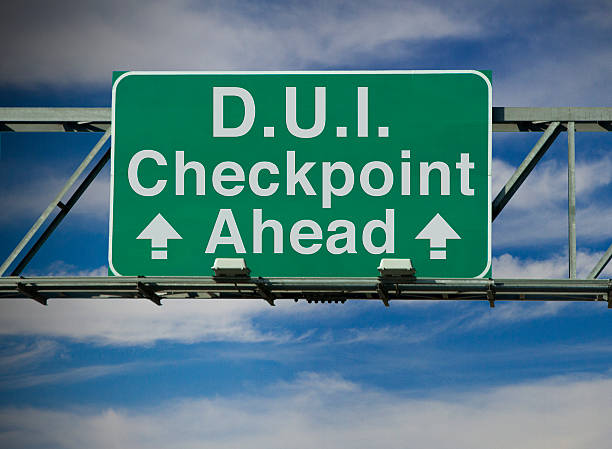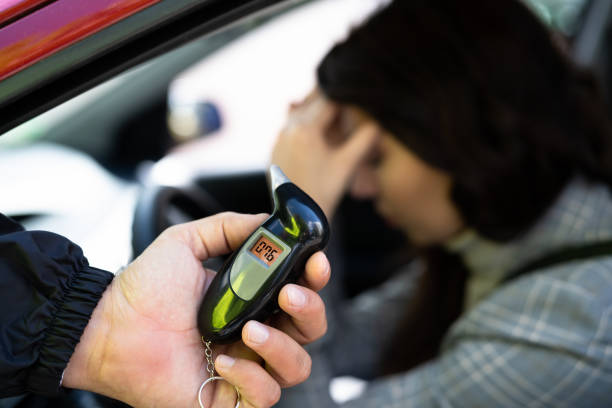

Las Vegas, known for its vibrant nightlife and entertainment, is also notorious for its strict enforcement of DUI laws. Driving under the influence (DUI) can lead to severe consequences, including fines, license suspension, and even imprisonment. DUI checkpoints are a common sight in Las Vegas, especially during weekends and holidays. However, there are legal ways to avoid these checkpoints while ensuring safety on the road. In this guide, we'll explore effective strategies to navigate Las Vegas DUI checkpoints legally and responsibly.
DUI checkpoints, also known as sobriety checkpoints or Las Vegas checkpoints, are temporary roadblocks set up by law enforcement agencies to deter and apprehend drivers under the influence of alcohol or drugs. These checkpoints are typically established at strategic locations where DUI incidents are prevalent, such as near popular bars, clubs, or event venues. During these checkpoints, officers stop drivers at random to conduct brief investigations, including field sobriety tests and breathalyzer exams, to determine their sobriety level.
DUI checkpoints are subject to specific legal guidelines established by the United States Supreme Court. In the landmark case of Michigan Department of State Police v. Sitz (1990), the Court ruled that DUI checkpoints are constitutional under the Fourth Amendment's protection against unreasonable searches and seizures. However, several conditions must be met to ensure the legality of these checkpoints, including:
Supervisory Authority: DUI checkpoints must be authorized by a high-ranking law enforcement official rather than individual officers.
Neutral Criteria: The selection of vehicles to be stopped must be based on neutral criteria, such as every third vehicle or every vehicle.
Visibility and Safety: DUI checkpoints must be adequately marked and visible to approaching drivers to minimize the risk of accidents and ensure transparency.
Limited Intrusion: The duration of each stop should be brief, and officers must have reasonable suspicion to conduct further investigation or detainment. The big role of DUI checkpoints in preventing drunk driving is to serve as a visible deterrent and to identify impaired drivers before they cause harm on the roads.
Despite the legal framework surrounding DUI checkpoints, drivers still have rights and options when encountering them on the road.

Plan Ahead: Before hitting the road, familiarize yourself with common locations where DUI checkpoints are set up in Las Vegas. Local news outlets, social media platforms, and online resources often provide updates on checkpoint locations and schedules.
Use Navigation Apps: Smartphone navigation apps like Google Maps and Waze often alert users about nearby DUI checkpoints based on user reports and official announcements. These apps can help you reroute your journey to avoid encountering checkpoints.
Stay Sober: The most effective way to avoid DUI checkpoints is by abstaining from alcohol or drugs before driving. Designate a sober driver or use alternative transportation options such as taxis, rideshare services, or public transit when planning a night out.